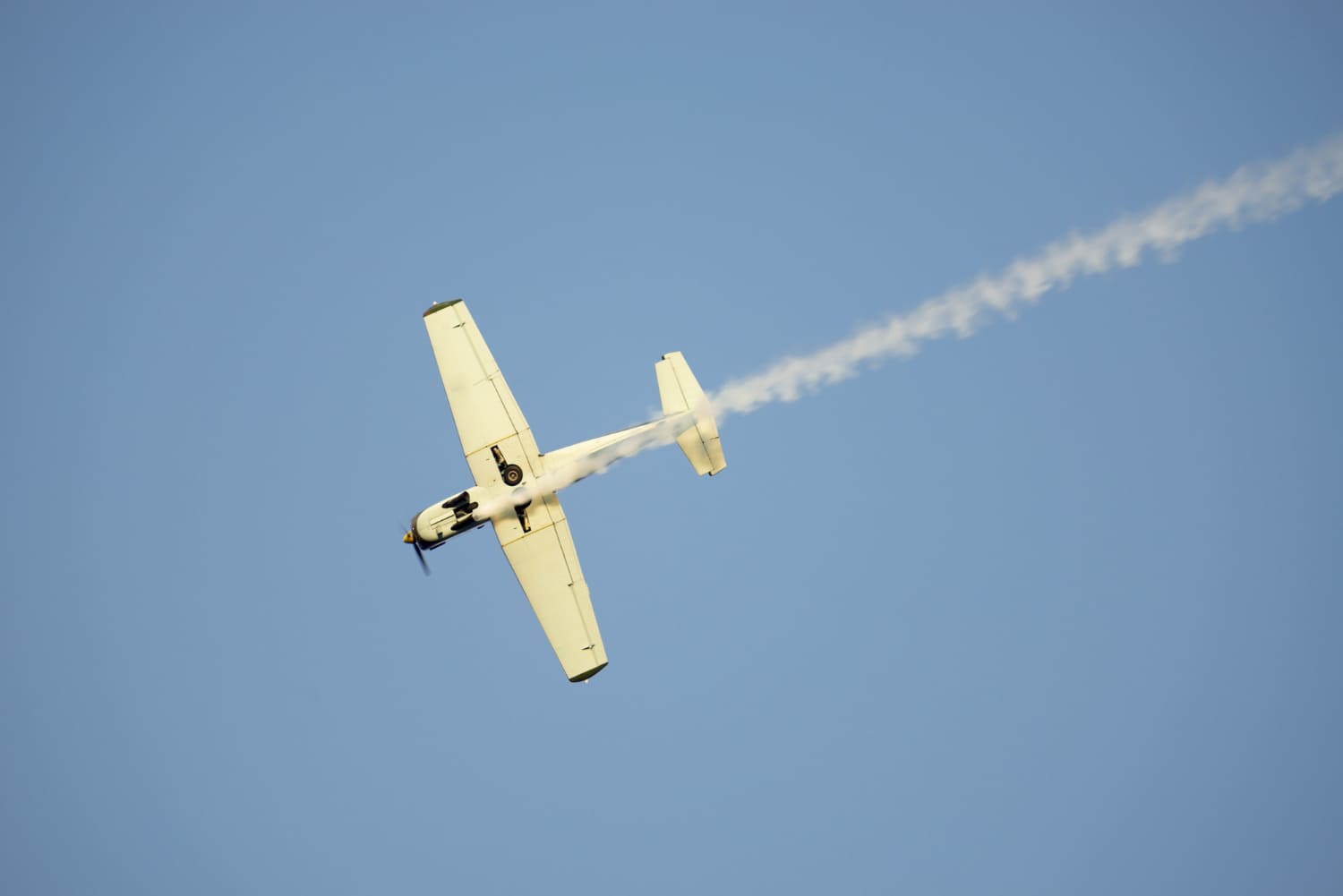What Is Takeoff Speed and Why Is It Important?
At what speed does an airplane take off is a crucial question in aviation, and it is technically known as V₁. This is the critical speed at which the pilot must decide whether to continue or abort the takeoff in case of an emergency.
This calculation is not random. It depends on key factors such as the aircraft’s weight, weather conditions, and runway length. In simple terms, it is the minimum speed required for the aircraft to generate enough lift and take off safely.
At EAS Barcelona, students learn this concept as part of their pilot training. Making the right decision at this stage is essential for flight safety.
Factors That Affect Takeoff Speed
Several elements influence how fast an aircraft needs to go before lifting off:
- Aircraft weight: The heavier the plane, the higher the required takeoff speed.
- Altitude and temperature: At high-altitude airports or on hot days, the air is less dense, meaning the plane needs to reach a greater speed.
- Runway length: A shorter runway requires quicker acceleration to reach the necessary speed in less time.
For instance, a small training aircraft may take off at 100 to 150 km/h, while a Boeing 737 needs speeds between 240 and 290 km/h. Understanding these numbers is vital for pilots, which is why EAS Barcelona teaches them through both simulations and real flights.
Takeoff Speed of Commercial and Light Aircraft
Not all airplanes take off at the same speed. While an Airbus A320 typically requires around 250 km/h, a light aircraft can take off at 120 km/h.

Additionally, there are three key speeds every pilot must know:
- V₁: The decision speed, determining whether takeoff continues or is aborted.
- Vr: Rotation speed, the moment when the pilot lifts the nose of the aircraft.
- V₂: The safety speed that ensures flight continuation if an engine fails.
At EAS Barcelona, these concepts are not just taught in theory. Students practice them using advanced technology to ensure a complete understanding.
The Pilot’s Role in the Takeoff Decision
The pilot plays a crucial role in takeoff, monitoring speed, runway conditions, and engine performance. If an issue is detected before reaching V₁, takeoff can be aborted using brakes and engine thrust reversal.
However, at what speed does an airplane take off can make a difference in critical situations. If a failure occurs after V₁, the aircraft must proceed with the takeoff and solve the problem in the air. For this reason, pilot training includes emergency response scenarios. EAS Barcelona offers a practical program that prepares students to make quick and safe decisions.
How EAS Barcelona Teaches Professional Pilot Training
At EAS Barcelona, training combines both theory and hands-on experience. Students learn about takeoff speed through certified flight simulators and real aircraft operations.
Additionally, the school emphasizes decision-making skills, a fundamental aspect of aviation. Instructors, all of whom are professional pilots, share real-life experiences to ensure students are fully prepared for any situation.
EAS Barcelona does not just teach students how to fly. It trains professionals with both technical and practical expertise.
Interesting Facts About Takeoff Speed: Records and Technical Data
Did you know that the Concorde, the legendary supersonic aircraft, needed speeds over 400 km/h to take off? Meanwhile, a military jet like the F-22 can lift off in a shorter distance thanks to its immense power, reaching 300 km/h within seconds.
On the other hand, some aircraft, such as the Harrier, use vertical takeoff technology. These planes do not require speed to get airborne, as they lift off using direct thrust. While not common in commercial aviation, they showcase incredible aeronautical engineering.
These technical details are also part of the EAS Barcelona curriculum, where aviation passion turns into practical knowledge.
Conclusion
Takeoff speed is more than just a number. It results from careful calculations, experience, and critical decision-making that ensure flight safety. At EAS Barcelona, this concept is part of daily training, preparing pilots to understand every aspect of the process and fly with confidence.
If you want to become a pilot or simply learn more about aviation, EAS Barcelona is the perfect place to take off toward your dreams.
